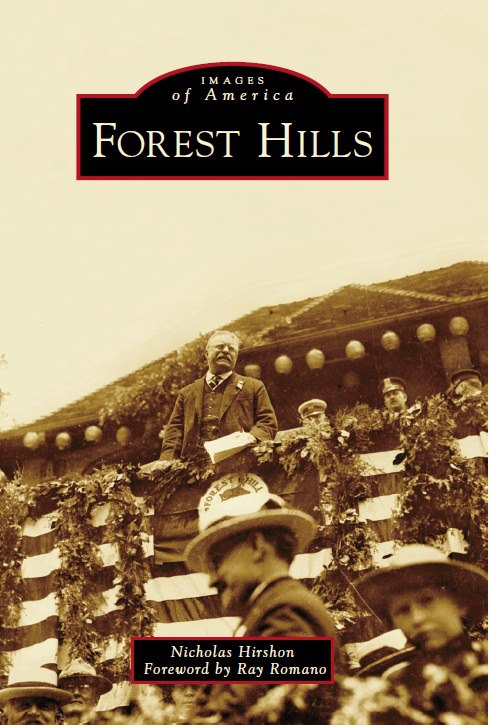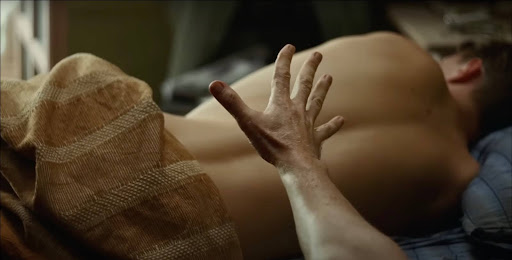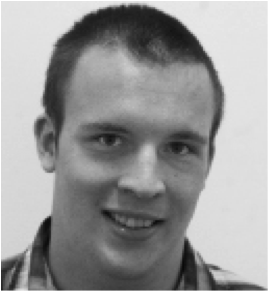If the neighborhood of Forest Hills doesn’t sound familiar to you, it’s probably because you haven’t been paying much attention to the history of New York. The small suburban town has seen more than its fair share of history, from President Teddy Roosevelt delivering speeches from the iconic railroad station to becoming the center of the tennis world with the construction of the West Side Tennis Club.
As difficult as it may seem to chronicle the history of Forest Hills, author and University journalism professor Nick Hirshon, attempts to do just that in his book, Images of America: Forest Hills, which was released on Feb. 18. The 128-page book is heavily driven by images that help to show the evolution of the
town from America’s first garden city to the town it is today.
Each chapter starts off with a short description of an aspect of Forest Hills that has created its identity over the years. This sets the pace for the evolution of the town over the years primarily accomplished through the vast archive of photos acquired by Hirshon. The photos alone provide the reader with an illustrative timeline Forest Hills’ history, but Hirshon takes the extra step, doing the research in finding the story behind the photos to provide an even clearer image in the reader’s mind.
The foreword, written by actor and Forest Hills native Ray Romano sets the tone for how important the town was in influencing his illustrious acting career. Although he lives in Hollywood, he yearns for his early memories of life in Forest Hills. Although short in its word count, it helps pack a punch in what the book looks to do for the reader.
If one were to take a field trip to Forest Hills, you could see how the sites have stayed much the same, such as the Eddie’s Sweet Shop or the Forest Hills Gardens, while at the same time adapting to the modern landscape of the 21st century. The photos stop around the 1990s, but the reader is still able to gain a comprehensive understanding of what makes the neighborhood unique.
Hirshon’s journalistic skills shine in his ability to work with numerous sources, such as community boards, the Queens library and other people throughout the neighborhood in order to tell one story.
Whether you decide to read the book in its entirety or decide to simply flip through its images, it’s more than possible to gain an understanding of Forest Hills in less time than it would take to finish a Discover New York course.














